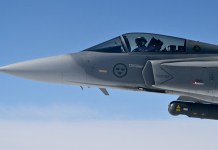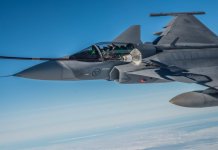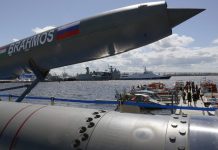Analysis By Lt Gen (Dr) V K Saxena
From the smoldering debris of the destroyed war machines on the battlefields of Nagorno-Karabakh rose the early voices writing obituaries of several conventional war-waging pieces of equipment.
These voices have only gained in decibels and are decrying a more extensive range of conventional arsenal in the ongoing Russo-Ukraine war. This work analyses the above trend and presents a viewpoint on the validity of such claims.
THE EVENTS
EVENT 1: THE AZERBAIJAN – ARMENIA CONFLICT
A brief capture of events
– Way back in Sep 2020, the two Transcaucasia Republics of Armenia and Azerbaijan engaged in a bloody conflict over rival claims on the once autonomous region of Nagorno-Karabakh (military history of war not covered).
– In this war, Azerbaijan, besides its conventional arsenal, employed drone power in a major way. It pressed into service a large variety of small drones and Medium Altitude Long Endurance (MALE) Unmanned Aerial Systems (UAS).
Some of these machines included the Turkish Bayraktar TB2 drone, Israeli Harop drone, other small drones like Orbiter IK, Orbiter3, Skystriker as loitering munitions, and Hermes and Heron series of MALE UAS. To examine the premise, the capability of two small drones, namely, Bayractar TB2 and Harop, are captured as reference merely to give an idea of their destructive potential
– TB2 is a deadly machine. Some of its combat virtues are as under:-
- By class, it is a MALE drone with an altitude ceiling of 27000 ft and endurance of 27 hrs.
- Its eyes and ears include the Active Electronic Scan Array (AESA) Radar capable of detecting very small targets, i.e., targets which, due to their size, have a low detectability to conventional radars. Such detectability is measured in terms of their Radar Cross Section or RCS, which in their case is comparatively very low. Besides AESA, it has other means of target acquisition based on electro-optical ( EO) or Infrared (IR) based sensors.
- It has an expansive warhead payload that includes L-UMTAS radio-controlled, solid-fuelled anti-tank guided missiles (range 500m to 8 km), laser-guided precision munitions (MAM-C, MAM-L, range 8-14 km), and Cirit laser-guided missile in anti-armor and anti-personal role (range 1.5-8 km).
- Configured as above, the TB2 is an effective machine for close combat in the TBA. It can pick up targets like tanks, armored vehicles, artillery pieces, air defense guns, missiles, sensors, and direct precision weapons.
– Harop, as stated, is a loitering munition with” eyes, ears, and teeth” Some salient points:
- It can acquire targets using its dual means of surveillance and tracking, including Radio Frequency (RF) and EO sensors.
- Once the target from its surveillance feed is selected by its ground controller, he can direct the Harop for a catastrophic collision kill in the Kamikaze mode using its 23 Kg single warhead.
- The machine has impressive performance figures (range of 1000km, speed 417km/h, and endurance 6 hrs.
- Due to its small RCS (<0.5m2, F16-C 1.2m2), Harop largely remains undetected by conventional sensors.
Drone And Missile Power In Action
In a war that lasted from September 27 to October 27, 2020, while both sides suffered casualties in men and material, any number of live streaming videos showed the following about drone power:-
– TB2 and Harop caused disproportionate casualties by taking pot shots on tanks and armored vehicles convoys.
– There were many ghastly sights of the “little monsters” killing artillery pieces, air defense weapons, and sensors (a case in point was a sensor kill on the mighty S 300 long-range air defense and anti-missile system).
– Besides the drones, both sides used Anti-Tank Guided Missiles (ATGMs). Azerbaijan used the Spike long-range 2 (LR2) and Spike extended-range 2 (ER2) Israeli ATGMs, Russian Konkurs, and Kornet E ATGMs beside the Russian Khrizantema tank destroyer ATGM. It also employed the RPG 7 rocket launchers and SPG9 recoilless anti-tank guns.
Cutting To Armenian Losses
While both sides suffered losses, the ones on the Armenian side (which lost this war) are quoted to drive home the purport of this work.
According to open sources, the Armenian losses in the period from September 27 to October 17, 2020, amounted up to 100-137 tanks (T72, T80) and armored vehicles, up to 100 artillery guns/howitzers/mortars, up to 60 air defense guns, missiles and sensors, 11 Battle Management Command and Control Centres ( BMC2) centers and one S-300 air defense and anti-missile system (some open sources have claimed more than one) besides huge destruction of infrastructure and military and civilian casualties.
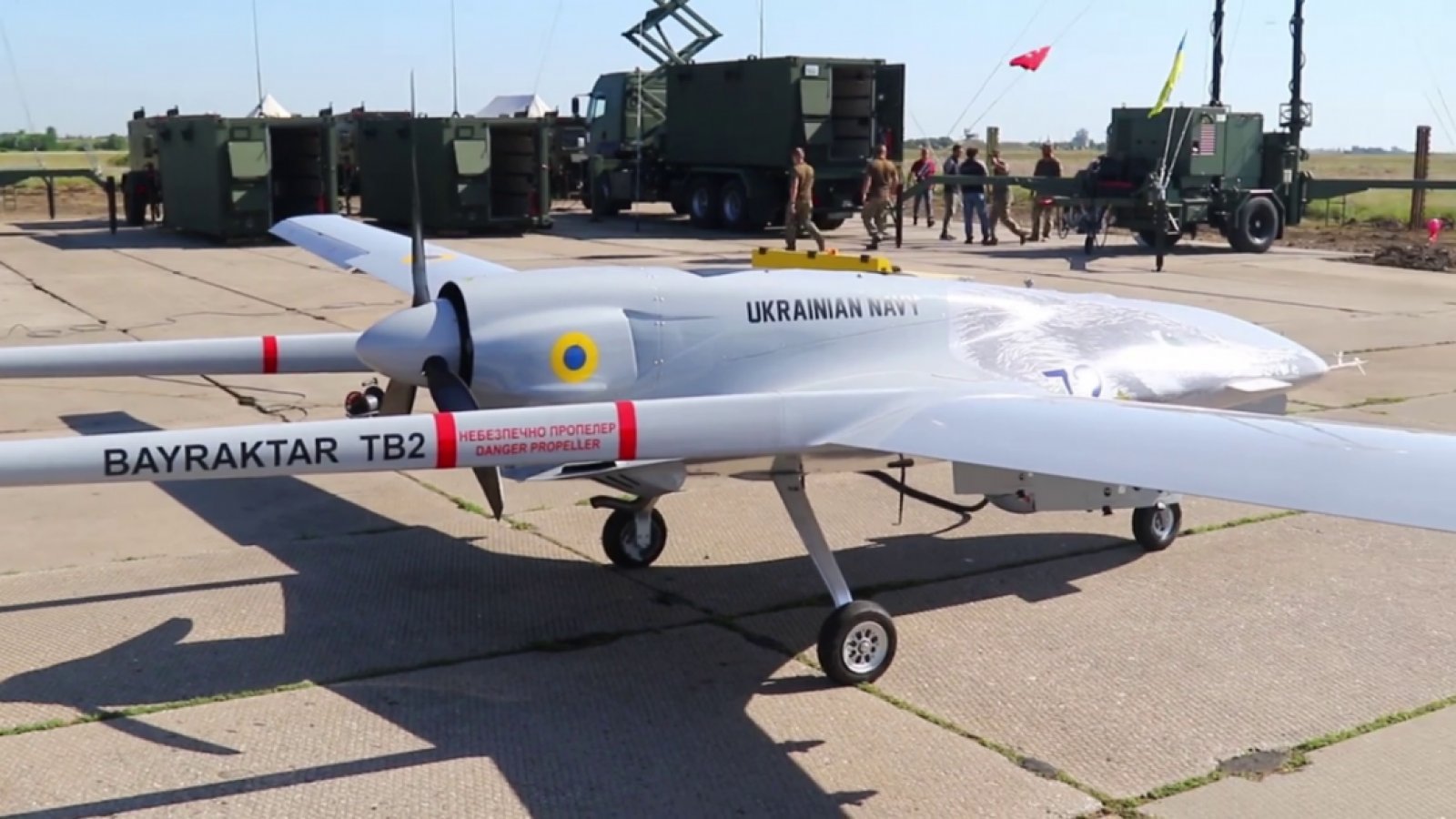
While most of the tanks, and armored vehicles, succumbed to ATGM strikes, artillery guns and air defense systems took many casualties due to close-range fires by a variety of arsenal on board the Bayractar and the Harop drones, besides strikes by combat aircraft and attack helicopters.
EVENT 2: THE ONGOING RUSSO-UKRAINIAN CONFLICT
The story of massive equipment destruction on the battlefields of Nagorno-Karabakh is repeating itself in the ongoing Russo-Ukrainian war, now in its sixth month, leaving a mammoth trail of death and destruction in its wake and a catastrophic human calamity. Some facts relevant to this work are captured.
– While in Nagorno-Karabakh, the Harop and other loitering munitions were giving company to the Bayractar TB2, here in Ukraine, there are US Switchblade kamikaze drones and several other drones from western countries along with TB 2.
– As per an open source report dated August 07, 2022 (quoting western sources), the tally of Russian tanks and other armored vehicles killed stands at a staggering figure of 1805. Even if this figure is majorly corrected for exaggeration and misinformation, the residual number will still be significant by any standard.
– Another tank killer in the Ukraine war has been the preponderance of deadly ATGMs spread far and wide on the battlefield. The US reportedly supplied more than 2000 Javelins ATGMs (and counting) and 6000 AT4 man-portable anti-tank weapons. UK/Sweden has supplied 3000+ short-range New Generation Light Anti-tank weapons (NLAWs). Besides, there are Panzerfaust-3s ATGMs from Germany.
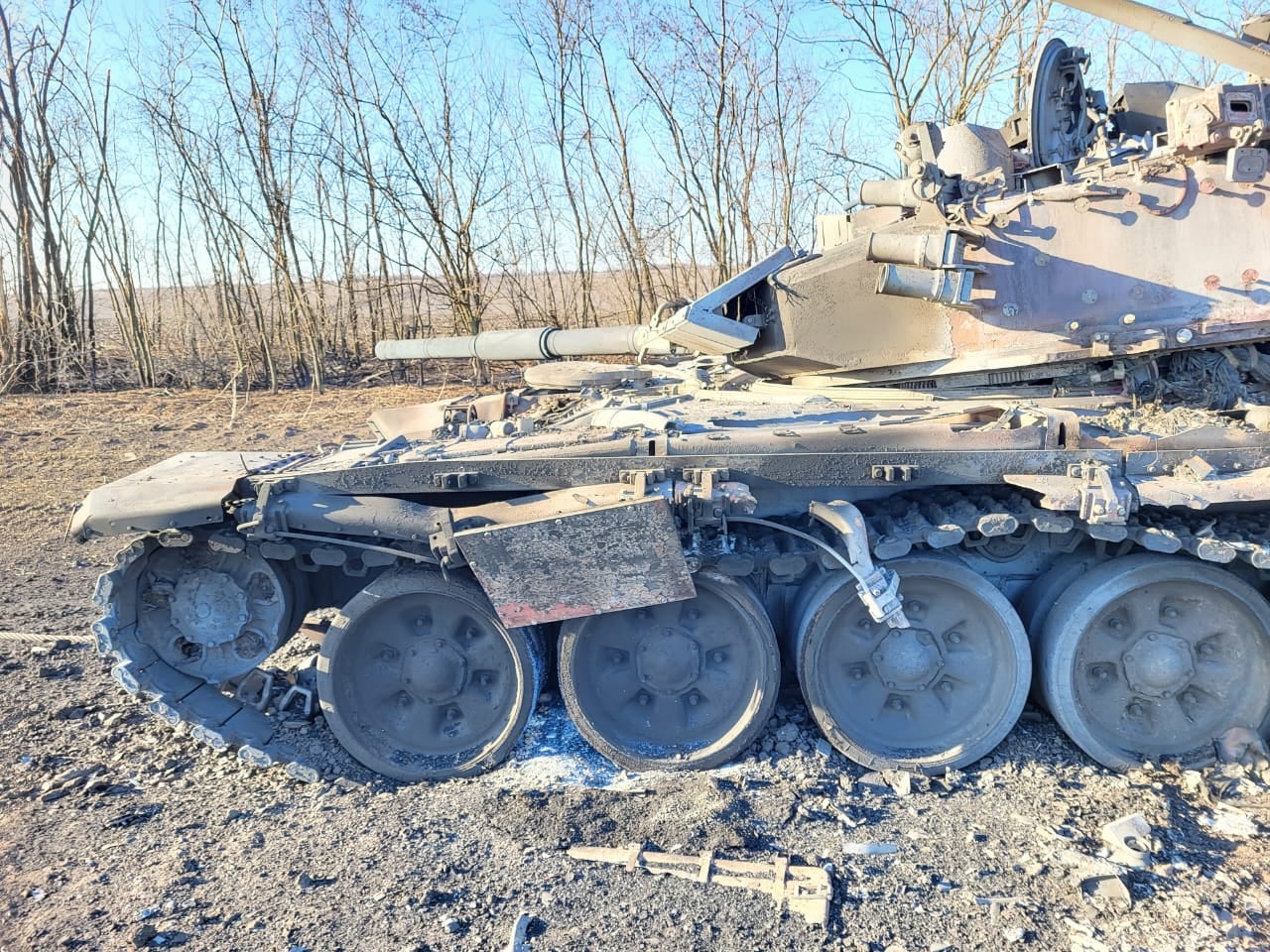
– Any number of streaming videos have shown Russian tanks and armored vehicles grounded to halt by the deadly fires of ATGMs and aerial strikes by drones.
– While on one side, the Russian massed artillery fire is causing tremendous destruction, pulverizing targets before the contact war, equally visible are the fires rising from the smoldering remains of guns and howitzers struck by the Ukrainian counter rocket and mortar fire.
– Another visible phenomenon in the tactical battle area is the skewed number of kills on aircraft and attack helicopters scored by the Man-Portable SAMs (in short called the MANPADS).
– Not only the MANPADS from Ukraine’s arsenal (Igla, Igla 1M, Igla 1S, Strela 2M, etc.) are causing havoc, but also the ones from a host of other countries (US – Stinger, UK- Star Streak, other MANPADS from the Netherlands, Denmark, Germany, Lithuania and. ) are scoring kills. The loss of Russian attack helicopters by the above-stated MANPADS is telling.
THE OBITUARY TREND
In the context of the events covered above, the following voices are being heard in the open source:-
– The conventional tank as a powerful war machine in the tactical battleground has demised in the face of new vulnerabilities from small drones and ATGMS.
– The erstwhile conventional Ground Based Air Defense Weapons Systems (GBADWS) are no match for the evolving small drone threat.
– Long Range heavy guns and howitzers are getting dated as these cannot survive quick and intense counter-battery fire.
– Strike aircraft and attack helicopters are a NOGO in a tactical battle area infested with MANPADS.
ANALYSIS AND REFLECTIONS
Announcing the tank’s demise post-war or two will be short-sighted and a kind of knee-jerk response. Delving deeper will reveal a different truth.
Talking about Nagorno-Karabakh, many tank kills have been attributed to the deadly strikes by drone power. Did Armenia have the money needed to deal with the little monsters? Some details are covered:
– The Armenian Ground-based air defense (GBAD) was entirely based on Russian-origin guns and missiles.
- The guns included the 23 mm twin-barrel towed weapons (range 2500m rate of fire 1600-2000 rounds per minute or rpm) and ZSU 234B Schilka self-propelled (SP) guns ( range 2500m rate-3400 rpm).
- The missiles included an entire range of Russian SAMs. Strela 10M (Range 5km, altitude ceiling 11,500 km), Upgraded OSA-AK SAMs (range of 10 km, altitude ceiling of 15000 ft.), SAM 6 (2K12Kub) Kvadrat weapon system (range 24 km and altitude ceiling of 20,000 ft.), Buk M2 Medium Range SAM (MRSAM) system (range of 30 Km and an altitude ceiling of 46000 ft), Upgraded Pechora SAMs (range 35 km, altitude ceiling 59000 ft), SA-4 Ganef MRSAM system (range of 55 Km, altitude ceiling 80,000+ ft.) and S-300 PM long range (40-350 Km) SAM and anti-ballistic missile defense system.
– Except for S-300, BUK 2M, and OSA AK (upgraded) rest of the GBADWS were of 1960-70 technology. More importantly, these are conventional weapons NOT SUITABLE TO COUNTER THE SMALL DRONE THREAT. Why so?
- Small drones pose a twin challenge of detection and killing.
- Due to their small size, they have a very low detectability (implying low RCS) compared to conventional old vintage radars. Specialist radars are required to detect such small RCS targets. These are either the Active Electronically Scanned Array (AESA) radars or specific radars in the frequency band C, X, Ku, K (6-15 GHz) or frequency modulated continuous wave (FMCW) radars, etc.
- The most effective small drone detectors are Electro-optical (EO) and Infrared sensors which produce a 3D dynamic image of the drone in flight and can be recognized against a threshold background clutter/noise.
- For the kill, the conventional guns and missiles, especially the latter, are unsuitable to take on small drones. The comparative costs are skewed in favor of the attacker, and all the small drones also cannot be taken out on a UAS-infested battlefield.
- The effective drone killers are small arms and high rate of fire air defense guns spewing 3000-8000 rpm saturating the kill zone or the soft kill systems based on radio frequency (RF) jamming, laser kill, or Electronic warfare-based kills ( crippling the electronics related to communication, navigation or command, and control on board the small drones).
– Armenian GBAD arsenal lacked the detection and kill systems stated above. This allowed the UAS to play havoc on tanks and armored vehicles. It was indeed a dreadful sight to see a kamikaze drone taking a catastrophic collision kill on an S-300 sensor or many tanks getting shot up by the ATGMs.
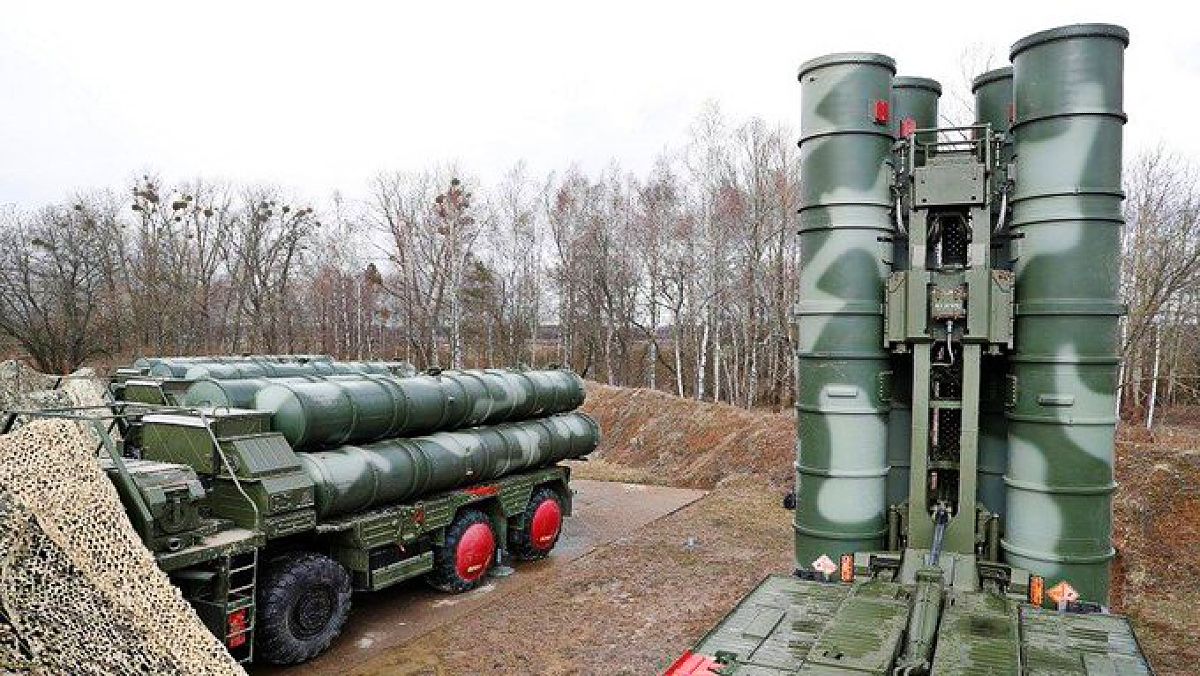
Now a word about the battle drills and training. Some points are stated:
– Instead of the tanks and armored vehicles operating tactically on the battlefield adhering to the fire-and-move tactics, hordes of these deadly vehicles were seen bumming along one behind the other in long unwinding convoys on the battlefields of Nagorno-Karabakh as well as Ukraine. The sight of scores of km of convoys of Russian tanks and armored vehicles being brought to a grinding halt upon drone/ATGM strikes was not uncommon, especially in the early weeks of the war.
– It was also naïve to see the Armenian GBADWS not following the traditional deployment procedures of leap-frogging by constantly keeping the forward battle elements in their effective range. Instead, these were seen huddled as convoys and moving on.
– Even the GBADWS in the Russian Army were not seen to be spewing their deadly arsenal on the aerial attack vehicles taking a toll on their tanks and BMPs.
– The two events streaming videos did not show an integrated play of air defense weapons on the ground and air being controlled by the all-essential Air Defense Control and Reporting System (ADCRS). The air defense fires seemed to be sporadic, ad hoc, and un-coordinated,
ATGMs are deadly weapons. Especially the ones that use thermo-baric warhead ( the one that uses atmospheric oxygen at the target end to cause a high-temperature explosion with enhanced lethal effect). These ATGMs took (and are taking) their kills in Nagorno-Karabakh and Ukraine.
So, where all the above take us in the context of the premise – is the tank as a war machine demised? The author’s viewpoint is presented:
– Far from it.
– At the outset, the bloated figures of tank kills ( 1805) need to be hugely corrected for misinformation campaigns and information warfare (digital tricking, repeated videos, editing jugglery – sic.
– Tanks will remain a powerful war machine in battles of today and tomorrow.
– The eternal duel between the ATGMs and the tanks will continue much like the air attack and air defense means.
– In that, while the technology will continue to sharpen the sting in the ATGMs by equipping them with more and more features (capability to defeat reactive and spaced armor, top attack capability, tandem warhead, salvo-fire capability, IIR seekers, and HD camera on board to keep the target locked, anti-Armour Protection Systems, etc.). The same technology will continue to strengthen the tank as well (explosive reactive armors, spaced armors, immediate counter fire on a guided ATGM operator, jammers in Active Protection systems, IR fog to confuse/break missile lock….the list will go on )
– Fire and move tactics to avoid detection, taking evasive manoeuvers, or showing your strongest face to the enemy will remain common denominators. Where these get thrown to the winds, things will go wrong.
In the context of small drones following comes out clearly:
– An anti-drone-specific arsenal for detection and kill is essential if the drone threat is to be kept at bay.
– In front of EO/IR surveillance devices and a combination of hard (kinetic) and soft (RF, Laser, EW) kill means, drones are an easy target. When faced with an air defense ecosystem, these dare not take mighty air defense systems, tanks, or armored vehicles as sitting ducks.
As to the comment on the obituary on the heavy guns and howitzers, the following is stated:
– The critical importance of heavy guns and howitzers on the battlefield is nowhere near obsolescence. Writing their obituary is far from justified.
– On the contrary, Russia, faced with heavy men and material casualties in the upfront contact war, changed gear sometime in Apr/May this year by resorting to its 200-year doctrine of Artillery First, re-visiting Stalin’s dictum – “Artillery is the God of War.”
– As stated, Russia has been resorting to massed artillery fires in pulverizing the targets to ruins before the contact war happens. Faced with this onslaught, the defenders have even abandoned some targets before actual combat ( case in point -city of Lysychansk in Eastern Ukraine).
– For the above, it has pressed into service the triple hammer of heavy guns and howitzers (2S19 Msta 152mm SP Howitzer, 2S35 Koalitsiya – SV SP Howitzer, Giatsint towed and SP Howitzer, the heavy 2S7M Malka 203mm SP Howitzer, etc.), Multi Barrel Rocket Launchers (BM30 Smerch, BM 21 GRAD P, 9A 52-4 Tornado, etc.) and a host of missiles (OTR 21 Tochka, 9k720 Iskander, Kalibr, Kinzhal aero-ballistic hypersonic missile, etc.).
– It is a fact that artillery pieces spewing fire will attract counter-battery fire. There are measures to deal with the same. This is no reason to consign these artillery gems to the bin of obsolescence.
– On the flip side, open sources have been reporting severe shortcomings in the Russian artillery fire control communication and connectivity between the gun end and the fire controller end. Reportedly, open un-encrypted cellular mobile-based communications have been resorted to conducting fire assaults. That many Russian artillery pieces took casualties due to counter-battery fire is not surprising.
– Again, it is fundamental to state that guns and howitzers on SP chassis (tracks/wheels) will be less vulnerable to counter-battery fire due to their capability to shoot-n-scoot” It is a moot point again that Russian artillery in Ukraine combines towed and SP, with the former much more in number than the latter. Seeing this as a double whammy with insecure fire control communications also explains the casualties of these weapons.
– All this and more is certainly no reason even to think that the guns and howitzers are “all done.” These are relevant and will remain a potent force, especially the SP chassis operating in a secure communication environment.
Finally, A Word On MANPADS
– Much like the ATGMs, these deadly tubes stuck un-obtrusively in the nook-and-corner of the TBA will continue to rake havoc on combat aircraft and attack helicopters (especially the latter) more so if these happen to catch their victims in the surprise mode which has been the case in most kills on the battlefields in Ukraine.
– The attacker has no choice but to invest in time-tested countermeasures. Some of these are mentioned:
- On board and external sensors for full-fledged situational awareness.
- An active and passive countermeasure suit includes chaffs, widows, and a strong EW suit.
- Crippling of guidance (IR homing, Command-to-line-of-sight, laser beam rider, etc.) and navigation links of radar-controlled missiles ( easier said than done for a fire-and-forget type of MANPAD generally gives its victim in the TBA not more than a minute).
- That MANPADS and combat aircraft/AHs will remain in an eternal duel is to state the obvious.
That, in brief, is the humble viewpoint of the author on the slew of obituaries doing the rounds.
Lt Gen (Dr) V K Saxena is the former Director General of the Corps of Army Air Defense. He has been decorated three times by the President of India. He is a Distinguished Fellow at VIF and a Visiting Fellow at CLAWS. He is a prolific writer who has authored five books and is regularly published by the Defense media of the country. He is also a regular on TV shows contributing to many defense issues.

